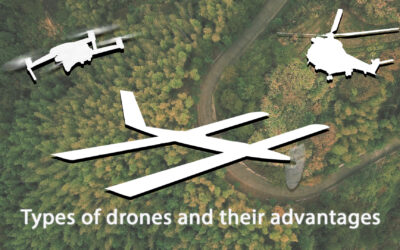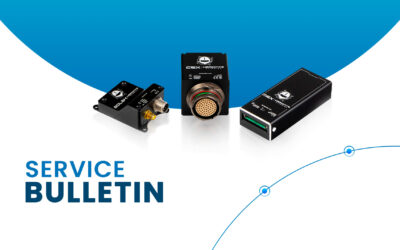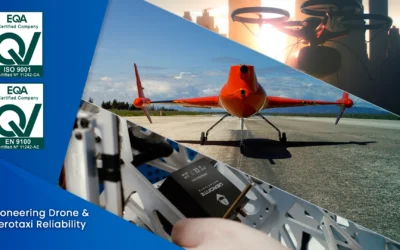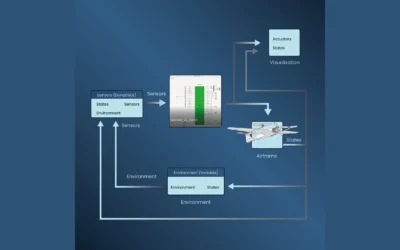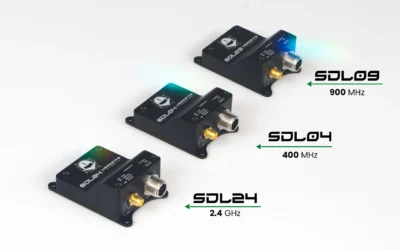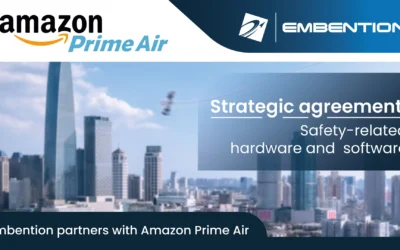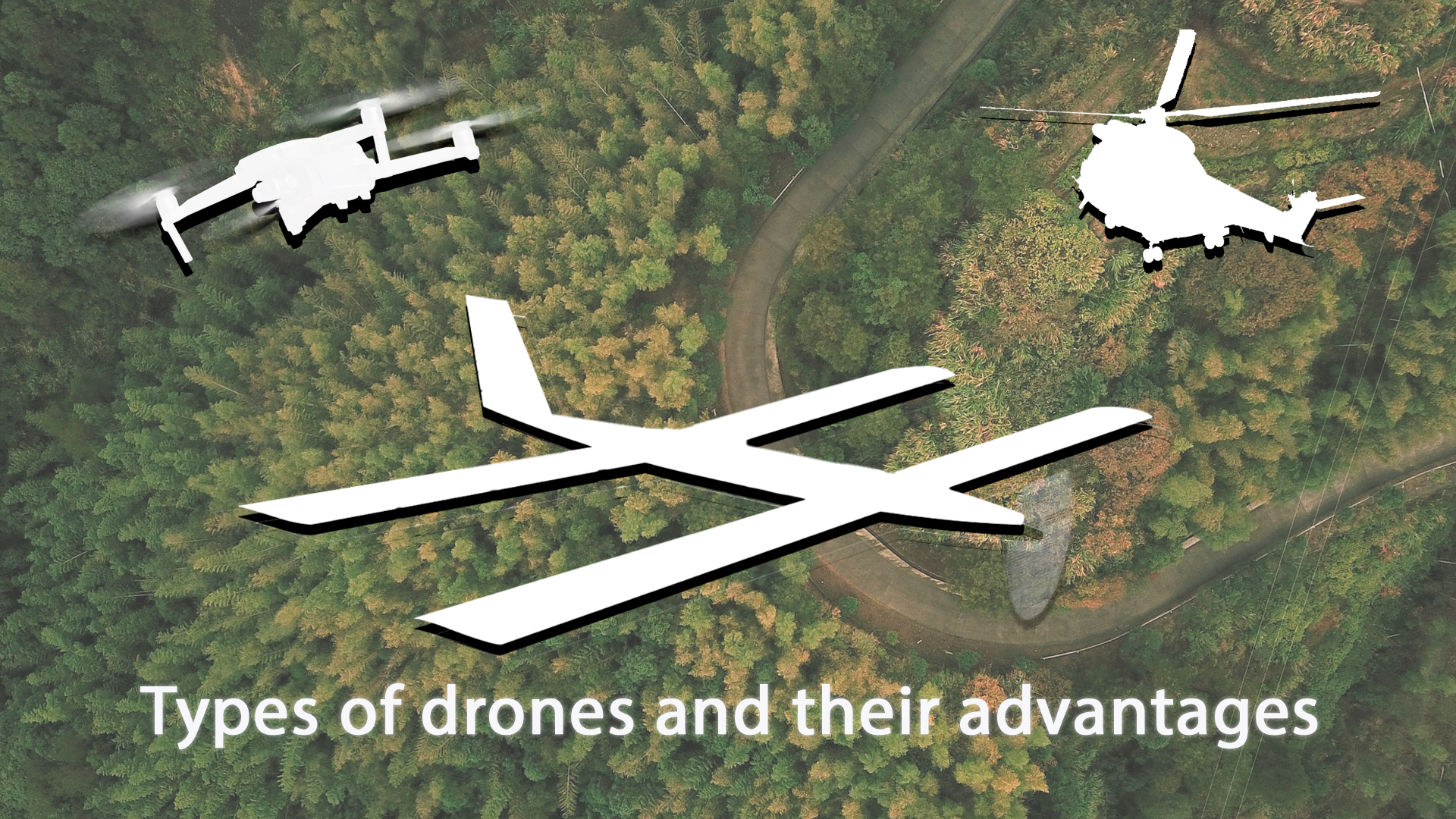The new European Drone regulation, published by EASA (European Union Aviation Safety Agency) came into force on December 31st, 2020. The issued guidelines explain the process for the design verification of drones to drone operators, manufacturers and national authorities, in order to ensure safety in all drone operations.
EU Regulations 2019/947 and 2019/945 set a risk based approach, taking into account the weight and specifications of the drone and the operation it is intended to take on. Three categories of operations have been established: ‘open’, ‘specific’ and ‘certified’.
Operational Categories of UAS
Three operational categories of UAV have been defined taking into account the nature and risk of the particular activity.
- Open category (low risk): This category corresponds to small UAV operations, where the risk to third parties is low and mitigated through operational limitations and product requirements. The open operating category is subject to a minimal aviation regulatory system and will not require an authorization by an NAA for the flight.
- Specific category (increased risk): This category includes operations with larger unmanned aircraft but also with small unmanned aircraft above densely populated areas. The ‘specific’ category will require an operation authorization (OA) issued by an NAA with specific limitations adapted to the risk posed by the operation.
- Certified category (high risk): The operations in this category are envisaged for unmanned aircraft operations with a high risk and a characteristic dimension of 3m or more used on concentrations of people. It includes UAVs that are designed and used to transport people or dangerous goods that may put third parties at risk. Operations in this category require the UAS pilot to have an AOC issued by EASA and the UAS to be certified.
To be compliant with the issued guidelines the first step as a drone operator will be to register in the country where it is planned to operate. The second step is to ensure that as a UAV pilot you are aware of the rules and risks connected with each operation. Finally, it is necessary to check with your NAA where you are authorised to fly. Furthermore, the European Union Aviation Safety Agency has put together a wide pack of information in order to help drone pilots prepare for these new regulations.
At Embention we are constantly evolving and adapting our products and services to provide the highest grade of reliability in the market, being the first drone autopilot developed according to the DO178C and DO254 standards for airborne electronics.

